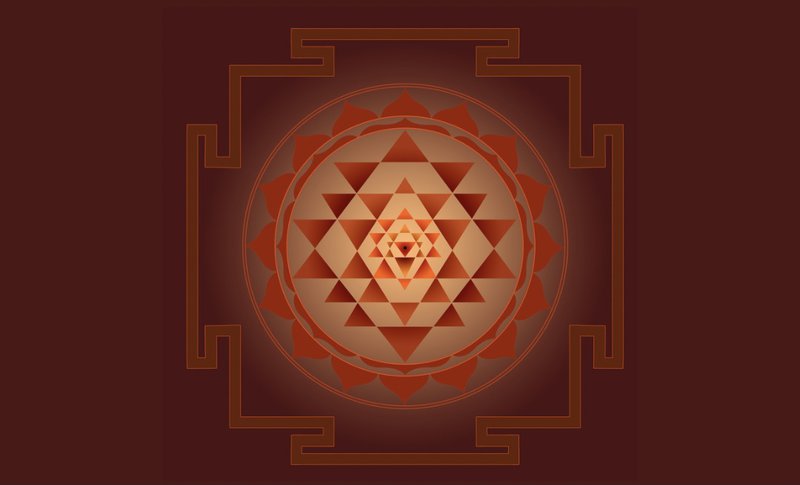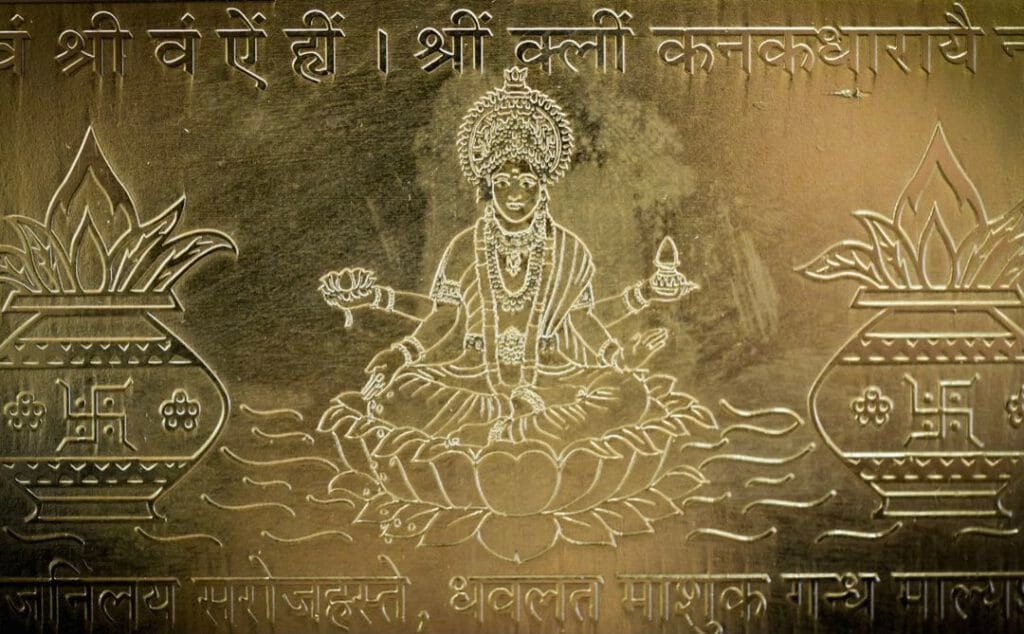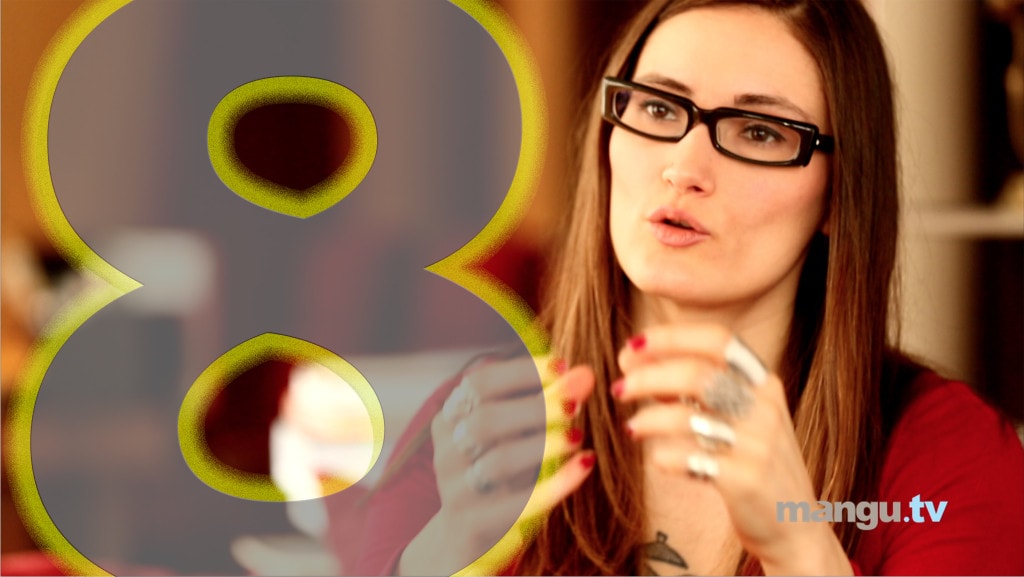When you hear the word "tantra," what is the first thing that comes to mind? If the first thing you think of has to do with kinky sex or passionate love-making, you’re not alone. It is a common misconception that tantra is primarily sex-focused.
Most people don't know or realize that there are many different types of tantra, and not all of them have to do with sex. It's time to set the record straight on tantra and learn the truth about what it is, where it comes from, and the many different types of tantra that are practiced around the world.
Origins of Tantra
Tantra's origins stem back to roots in Buddhism and Hinduism. However, while you can find it in these religions, its influence stretches beyond them and is also part of some Eastern religions.
The first recorded occurrence of tantra in history took place in the 1st millennium AD from Vedic and Hindu rituals in the form of 'sutras,' or written texts. Because most tantric teachings were passed from teachers to their students verbally, it's hard to tell when tantra actually first originated. There is no evidence that tantra existed before the middle of the 1st millennium AD, however that is not an indication that it did not exist at all before this time.
When Islam arrived in India around the 1100s, the core traditions and practices of tantra started to become extinct. However, somehow it survived through Vajrayana Buddhism, Hatha Yoga, and the Brahmanic Sri Vidya lineage in southern India.
What is Tantra?
Tantra is an ancient philosophy or tradition. It has a highly spiritual meaning. And while it is not technically a religion, one can find Tantric symbolism and practices in many religions and cultures throughout history.

Although tantric teachings have been revived in modern times, many new age religions that use the term 'tantra' seldom reflect the teachings of the original tantric movement. However, some new age religions have included an emphasis on rituals and focus on the personal teachings of a spiritual teacher.
One constant remains even with the differences between original tantric practices and modern-day tantric practices. That is that tantra pertains to balancing energy and how these energies combine to lead to a positive outcome.
In the quest to achieve this balance, tantric teachings can improve your life spiritually and sexually. Balance and connection are the primary focus to achieve and benefit from positive awareness. Some ways to accomplish this balance include yoga, meditation, spiritual study, breathing techniques, and sexual activity.
Types of Tantra
While there is not documentation on all forms of tantra, it's important to know the different types out there and what they mean. Here is a brief look into some of the different types of tantra.
Buddhist Tantra
Buddhist tantra is very complex due to its secretive nature and the strict regulations surrounding it. When practicing tantra in Buddhism, the goal is to achieve purification and a state of enlightenment. One can achieve this state by repeating chants, affirmations, yoga techniques, breathing control, and special hand positions (mudras).
There are four different types taught in Buddhist tantra. They are:
- Charya Tantra — Outer purification of the body
- Kriya Tantra — Focus is on reaching inner tranquility
- Yoga Tantra — Directing your attention to the feeling of pure emptiness through a tranquil state
- Highest Yoga Tantra — The achievement of solidarity to unite your wisdom with your inner mental state
Hindu Tantra
These ancient teachings come from the Puranas, and they contain secret teachings that consist of information derived from the occult tantra Shastra. Indians have practiced this science for centuries and claim it unlocks supernatural powers.
The techniques practiced in this type of tantra are related to a person's power and knowledge, developing a greater depth of human consciousness. In Hindu tantra, mantras are used in worship to solve problems. Those who practice this type of tantra believe that mantras produce instant results by awakening energy that empowers spiritual growth.
There are three tantric traditions in Hindu tantra:
- Vamachara — The “left-hand path” form of Tantra. In Hinduism, embraces what are considered impure elements in the orthodox Hindu religion, such as meat, fish, alcohol, and practicing sacred sex. It is viewed to be somewhat occult related.
- Dakshinachara — The “right-hand path” is considered most “pure”. It follows traditional practices and falls more in line with the norms of Hindu society as a whole.
- Madhyama — The “middle path” is the third pathway. Those who practice madhyama believe that neither extreme should be practiced by a person. They believe that following the middle path will give them knowledge and vision that will lead them to enlightenment.
Neotantra
Neotantra is the reinterpretation of Buddhist and Hindu practices. Over time, outdated teachings were amended to fit into today's lifestyles. And although they differ from the original teaching and typically focus on sexuality and sensuality, they are still closely associated with tantra's origin.
Yoga Tantra

Yoga is a very well-known practice when one is practicing mindfulness. Yoga uses breathing, body poses, and focusing on awareness and connection to reach a state of mindfulness.
It also teaches that certain poses can release sensual energy generated in the lower pelvis. And while this type of yoga helps to unearth your sexual energy, it can also help balance your mind and enable you to find peace.
Learn More About Tantra, Sexuality, and More at mangu.tv
mangu.tv is an online distribution platform for conscious and regenerative films.
mangu.tv films celebrate regeneration and are paradigm challenging and consciousness expanding, covering not only spirituality, Eastern philosophy, yoga and meditation, but also economics, politics, philosophy, sexuality and all aspects of the human existence
All our films are hand picked by Giancarlo Canavesio, mangu.tv’s founder and selector. Sign up to receive amazing hand picked films from Giancarlo himself!












